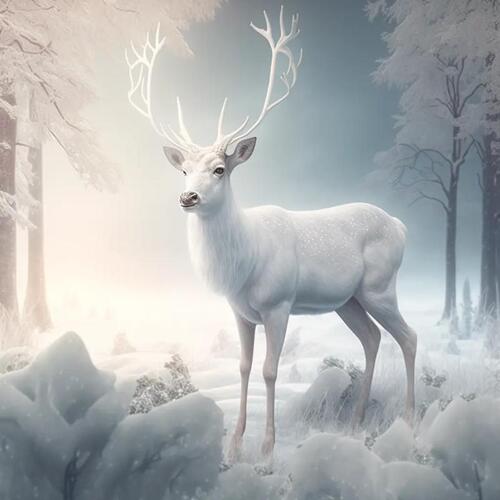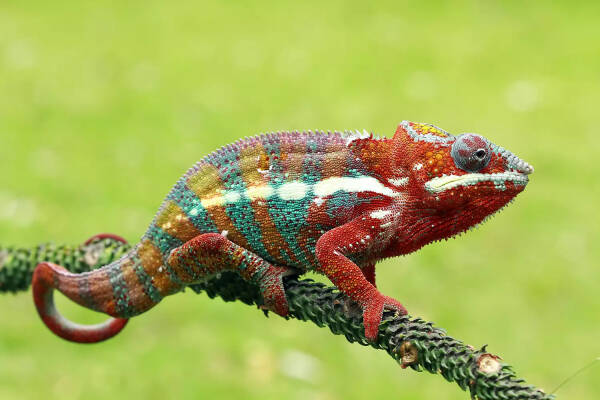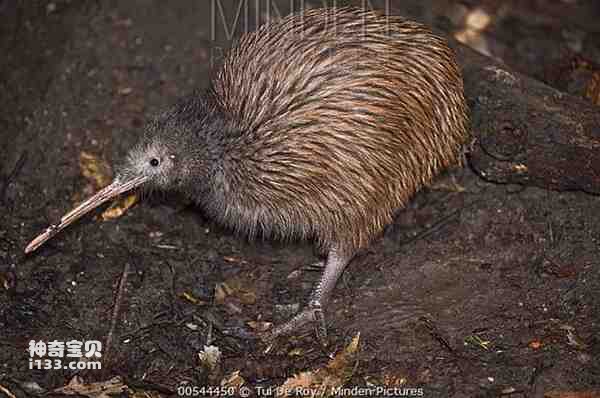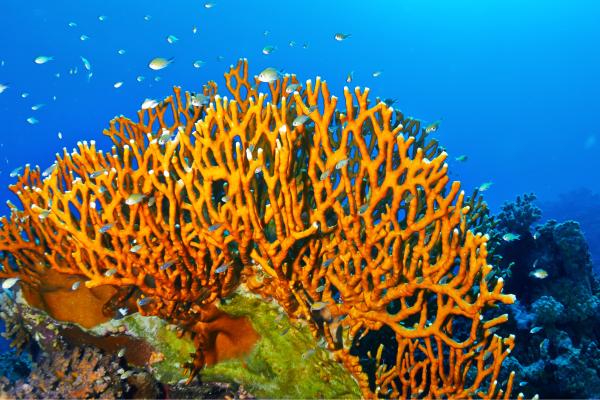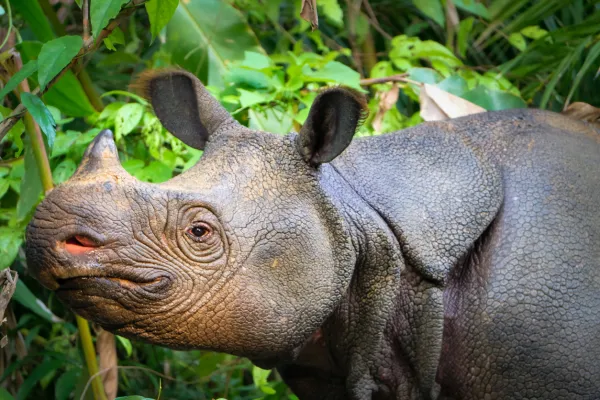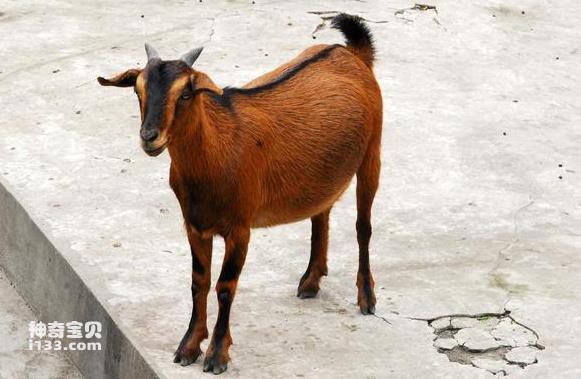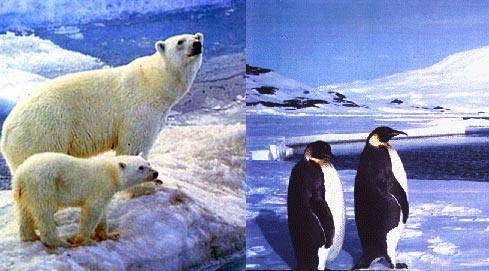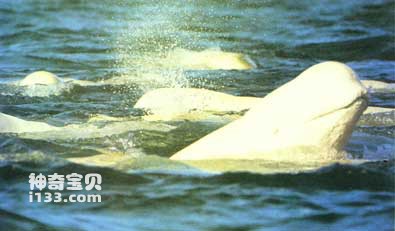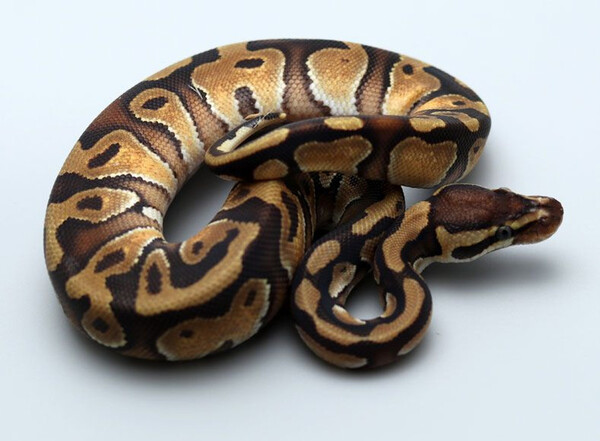Deer Deer are common animals in forests, grasslands and mountains. Their elegant appearance and rich species make them an important part of nature. However, many people still have doubts about the habitat of deer and whether they are classified as wild animals. This article will take a closer look at the ecology of deer, their habitat, and whether or not they can be called truly wild animals.
Basic introduction of deer
Deer (Cervidae) is a family of mammals, mainly distributed in the northern hemisphere. Temperate and subarctic regions. Deer include many different species, such as white-tailed deer, elk, reindeer, etc. They usually feed on grass, leaves, twigs, etc., and show different lifestyles in different seasons and environments. Habits.
Deer Habitat
Deer are highly adaptable and can survive in a variety of different habitats. They live in a wide range of habitats, from the Arctic tundra to tropical rainforests. For example, reindeer live mainly near the Arctic Circle, while white-tailed deer are common in the forests and Grasslands.
Deer habitats include not only natural environments but may also be affected by human activities. Deer in many areas have begun to adapt to human contact under the influence of deforestation, urban expansion and other factors. For example, in some urban parks and suburbs, deer have also begun to appear and adapt to this semi-wild environment.
Are deer considered wild animals?
“Wild animals” generally refer to animals that live in their natural environment and are not domesticated or raised in captivity. According to this definition, most deer species can be called wild animals. They survive independently in their natural environment, finding food and avoiding predators without direct human intervention.
However, with urbanization As the process of deer migration accelerates, some deer species are becoming more common in urban and suburban habitats. Although this phenomenon has caused deer to adapt to new environments in these areas, it does not change their nature as wild animals. Deer living in the wild still retain the behavioral characteristics and survival methods of wild animals.
The importance of protecting deer
Although deer are highly adaptable animals, changes in their habitats still have an impact on Deforestation, urban expansion and climate change all have an impact on deer habitats, which may lead to habitat loss and disruption of the food chain. Protecting deer and their habitats is essential to maintaining ecological balance and biodiversity. As a typical wild animal, the deer's lifestyle and behavior in the natural environment enable it to adapt to a variety of Although deer are found in some semi-urban environments, this does not change their nature as wild animals. It is our shared responsibility to protect deer and their habitats to ensure that this beautiful species can continue to thrive. Reproduce and thrive in nature.
